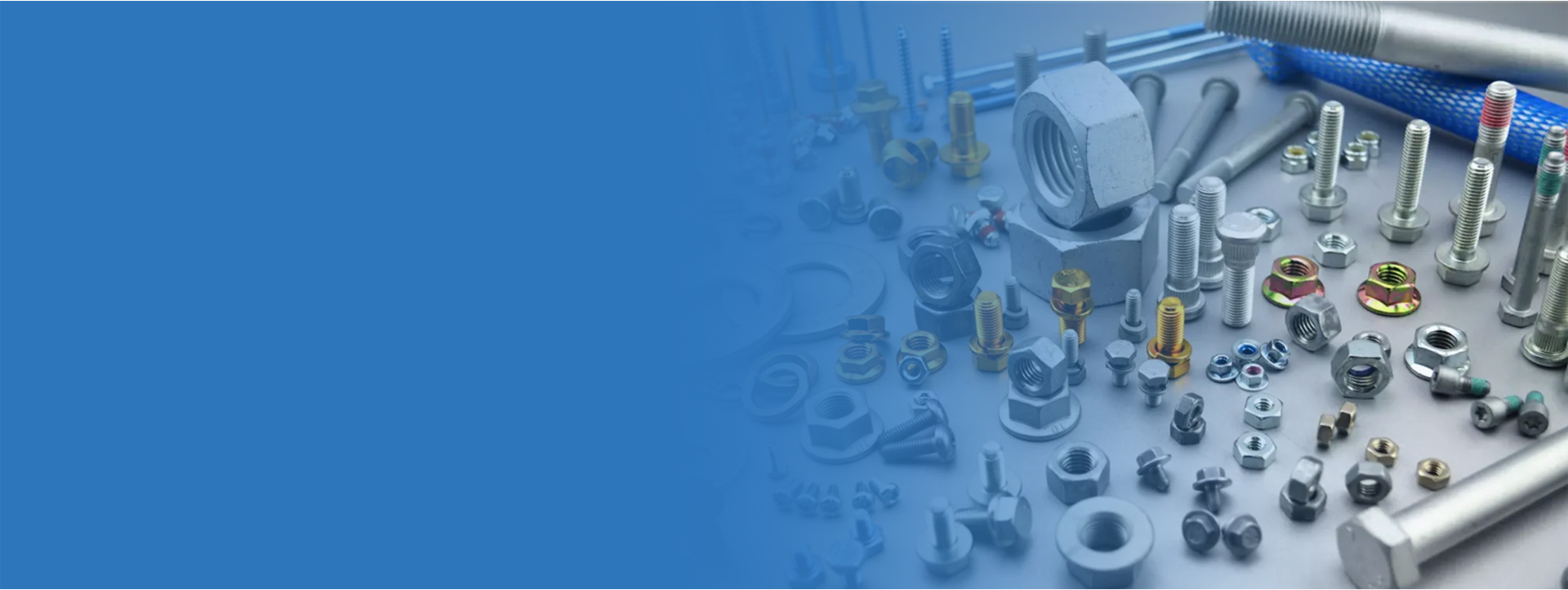11월 . 30, 2024 13:21 Back to list
Understanding Full Threaded Rod Dimensions and Specifications for Various Applications
Understanding Full Threaded Rod Sizes A Comprehensive Guide
In various engineering applications, full threaded rods are crucial components that provide strength, stability, and versatility in fastening systems. These rods are fully threaded along their length, allowing them to engage with nuts and threaded holes in a wide array of materials. The importance of understanding the different sizes of full threaded rods cannot be overstated, as they play a key role in ensuring the integrity and durability of constructions.
What are Full Threaded Rods?
Full threaded rods, also known as full length threaded rods or all-thread rods, are linear fasteners that have continuous threads along their entire length. This design makes them exceptionally versatile, allowing for easy manipulation and installation in a variety of applications, including construction, manufacturing, and mechanical assemblies. They are typically made from materials like steel, stainless steel, brass, or other metals, depending on their intended use and the required strength.
Standard Sizes and Dimensions
Full threaded rods come in various sizes, which are standardized to ensure compatibility with the corresponding nuts and other fasteners. The most common way to specify these rods is by their diameter and length. Diameters can range from as small as 1/4 inch to as large as 2 inches or more. The lengths can vary widely as well, with standard lengths often being 3 feet, 6 feet, or 12 feet.
The diameter and length of a threaded rod are critical factors in its application. In general, larger diameters provide greater tensile strength and load-carrying capacity, making them suitable for heavy-duty applications. Conversely, smaller diameters are ideal for lighter applications where space is limited and less weight is required.
- Diameter Specs Common standard diameters include 1/4”, 3/8”, 1/2”, 5/8”, 3/4”, 1”, 1.25”, and 2”. Each of these diameters corresponds to specific load-bearing capabilities and are used in different engineering contexts.
- Length Variations The lengths of threaded rods can be customized to meet specific design requirements, with many suppliers offering rods in increments of 1 inch for precise adjustments.
Thread Pitch
Another vital aspect of full threaded rods is thread pitch, which refers to the distance between threads. Coarse and fine threads are the two primary categories. Coarse threads are more common and provide better load handling, while fine threads offer greater tensioning capabilities due to their increased surface area engagement.
full threaded rod sizes

These characteristics of thread pitch can significantly influence the performance of a threaded rod in a specific application. For instance, fine threads can be advantageous in situations requiring high levels of tension, while coarse threads may be chosen for quick assembly and disassembly.
Material Considerations
When selecting a full threaded rod, the material is as essential as the size. The most commonly used materials include
- Steel Offers high strength and is often plated for corrosion resistance. - Stainless Steel Provides excellent corrosion resistance, making it ideal for outdoor or marine applications. - Brass Generally used in situations where aesthetics matter or electrical conductivity is required.
Choosing the right material ensures that the threaded rod will withstand environmental conditions and loads without degrading.
Applications of Full Threaded Rods
Full threaded rods are found in numerous applications across various industries
- Construction Used in connecting structural elements and providing tension in parts like concrete forms. - Manufacturing Employed in assembly lines, machinery, and equipment fastening. - Automotive Often found in various components for vibration resistance and adjustment.
Conclusion
In conclusion, full threaded rods are vital components that offer versatility and strength in a multitude of applications. Understanding their sizes, thread pitch, and materials is crucial for engineers and builders to ensure that their constructions are safe, reliable, and effective. Whether working on a large construction site or a small mechanical project, choosing the right full threaded rod can make all the difference in the success of the endeavor.
-
The Ubiquitous Reach of DIN934 in Application Realms
NewsMay.16,2025
-
Exploring Different Bolt Types
NewsMay.16,2025
-
Cracking the Code of Sleeve Anchor Mastery
NewsMay.16,2025
-
Clamp Design Principles,Types and Innovations
NewsMay.16,2025
-
Artistry Inspired by the Humble Anchor Bolt
NewsMay.16,2025
-
A Deep Dive into Screw Types
NewsMay.16,2025


